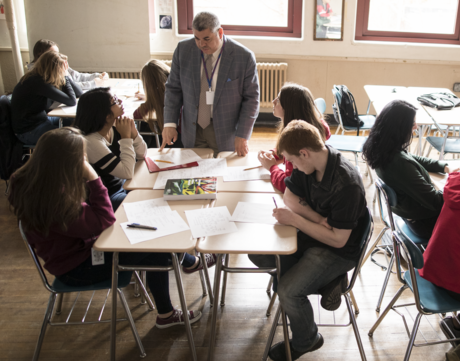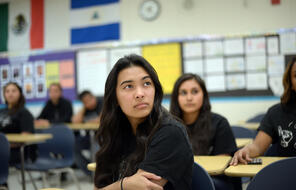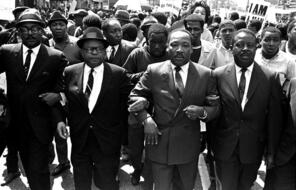
Enacting Freedom Dreams: Culminating Lesson
At a Glance
Language
English — USSubject
- History
- Social Studies
Grade
9–12Duration
One 50-min class period- Democracy & Civic Engagement
Overview
About This Lesson
In this lesson, students explore the stories of young people working toward achieving the promise of freedom, justice, and democracy in the United States. Students will use these examples of civic action to reflect on the kind of civic actor they want to be.
Lesson Plans
Activities
Materials and Downloads
Quick Downloads
Download the Files
Download allGet Files Via Google
Enacting Freedom Dreams: Culminating Lesson
Exploring the Freedom Dreams of Past Generations: Culminating Lesson
“My Freedom Dream” Capstone Project
Unlimited Access to Learning. More Added Every Month.
Facing History & Ourselves is designed for educators who want to help students explore identity, think critically, grow emotionally, act ethically, and participate in civic life. It’s hard work, so we’ve developed some go-to professional learning opportunities to help you along the way.
Exploring ELA Text Selection with Julia Torres
On-Demand

Working for Justice, Equity and Civic Agency in Our Schools: A Conversation with Clint Smith
On-Demand

Centering Student Voices to Build Community and Agency
On-Demand















